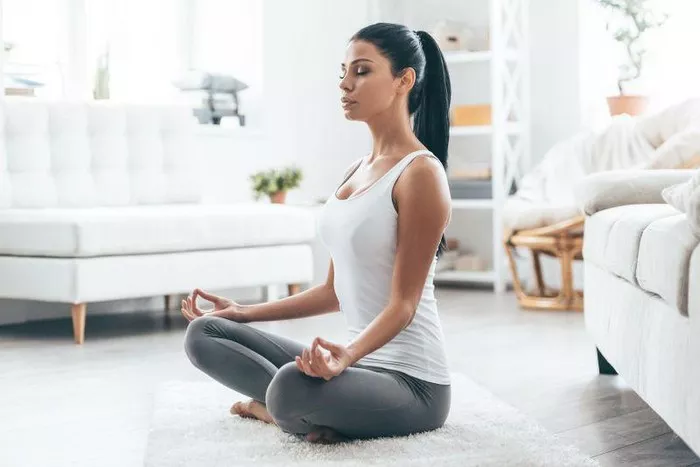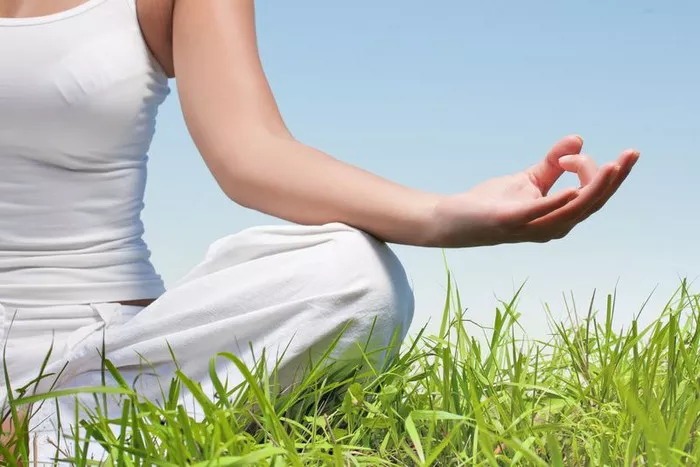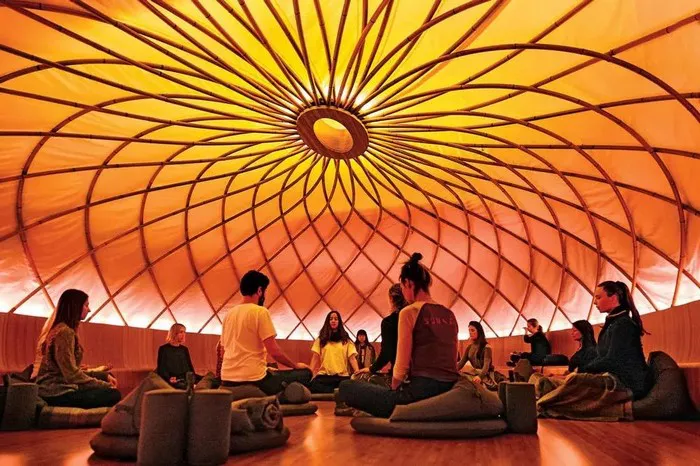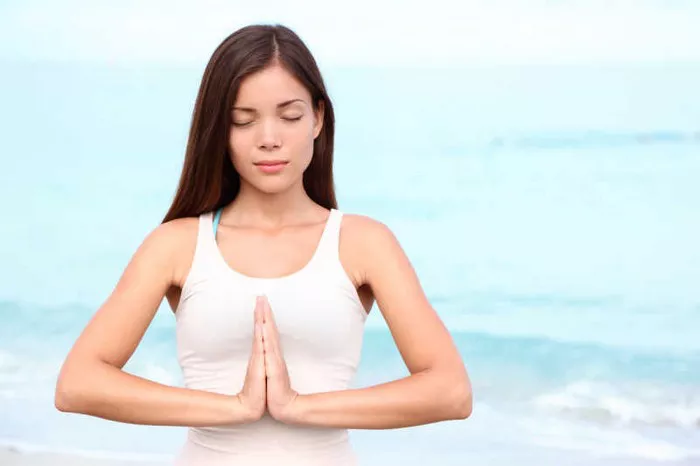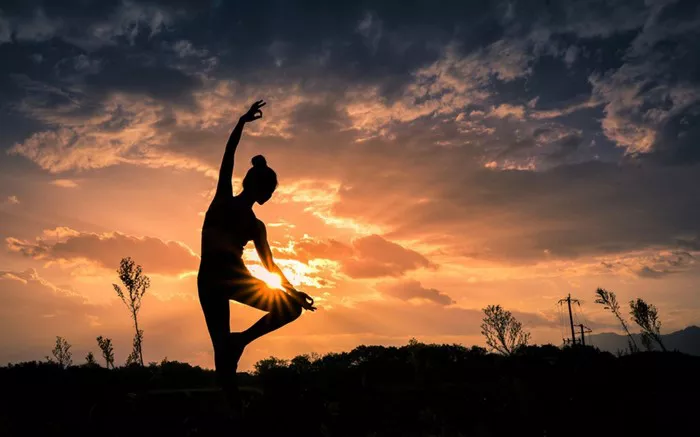The Camel Pose, known as Ustrasana in Sanskrit, is a well-recognized backbend in yoga that engages both flexibility and strength. It involves kneeling and arching the spine backward to open the chest and stretch the front of the body. Despite its elegance, the pose demands proper technique and preparation. This article explores what level of yoga practice the Camel Pose aligns with, who it is suitable for, and how beginners can safely approach it.
Camel Pose is often misunderstood as a beginner-friendly asana because it appears static and simple. However, its physical and energetic demands classify it as more appropriate for intermediate practitioners. We’ll break down the benefits, challenges, modifications, and best practices for those starting out or looking to incorporate this pose into their regular yoga practice.
1. Understanding the Camel Pose
Anatomy of the Pose
Camel Pose is a deep backbend that stretches the front body including the chest, abdomen, quadriceps, and hip flexors. At the same time, it strengthens the back muscles and stimulates the spine. The pose requires:
- Kneeling on the mat with knees hip-width apart
- Hands placed on the heels, either with toes tucked or flat
- Hips pushed forward while lifting the chest
- Head dropped back or kept neutral, depending on comfort
The complexity of coordinating these actions makes it important to understand body mechanics before attempting Ustrasana, especially for those with back or neck sensitivity.
Is It Safe for Beginners?
While not inherently dangerous, Camel Pose can be challenging for beginners due to its demand for spinal mobility and hip extension. Entering the pose without proper warm-up or guidance may lead to discomfort or strain. Therefore, many yoga instructors classify Ustrasana as an intermediate-level pose, though it can be made accessible to beginners with proper modifications and technique awareness.
2. Physical Requirements for Camel Pose
To perform the Camel Pose safely and effectively, certain physical conditions and readiness are necessary. These include flexibility, strength, and balance across various parts of the body.
Key Areas of Flexibility
- Spinal Extension: A mobile and healthy spine is crucial. Rigid spinal muscles can make the pose feel cramped or painful.
- Hip Flexors: These must be open enough to allow the hips to press forward without excessive lower back compression.
- Shoulder Flexibility: Reaching the heels requires open shoulders and chest.
Muscle Engagement
- Core activation supports the lower back and stabilizes the body during the backbend.
- Glute engagement protects the lumbar spine by aligning the hips correctly.
- Thighs and quadriceps must remain strong to prevent the knees from splaying or losing support.
If a student lacks flexibility in any of these areas, it’s essential to modify the pose or use props, rather than forcing into the full expression.
3. Psychological Readiness and Breath Awareness
Yoga is not solely about physical capability. Camel Pose can trigger emotional release, especially because it opens the heart space.
Emotional Sensitivity
The chest opening involved in Ustrasana may release stored tension and emotions. Practitioners might experience feelings of vulnerability, which can be unsettling without mental preparation.
Breath Control
Maintaining a steady, calm breath is essential. Camel Pose can restrict breathing if executed incorrectly due to compression of the diaphragm. Therefore, students should practice breath awareness techniques beforehand, such as:
- Dirga Pranayama (Three-Part Breath)
- Ujjayi Breath to maintain rhythm and focus
Breath awareness not only calms the nervous system but also improves posture and muscle coordination during the pose.
4. Preparatory Poses for Camel Pose
For those wondering whether they are ready for Ustrasana, practicing preparatory poses can build the necessary foundation.
Recommended Warm-up Poses
Cat-Cow Stretch (Marjaryasana-Bitilasana)
Gently mobilizes the spine, preparing it for more intense backbends.
Low Lunge (Anjaneyasana)
Opens the hip flexors and quadriceps, which are deeply involved in Camel Pose.
Sphinx or Cobra Pose (Bhujangasana)
Strengthens the back and introduces the sensation of spinal extension.
Bridge Pose (Setu Bandhasana)
Offers a more supported backbend that activates glutes and core.
These poses help practitioners assess their readiness and avoid injury when moving into deeper spinal movements like Camel.
5. Modifications for Beginners
If you’re a beginner and still want to experience Camel Pose, several modifications can help make the posture safer and more accessible.
Using Props
- Yoga blocks: Place blocks next to your feet to reduce the distance your hands need to reach.
- Bolsters or folded blankets: Offer padding under the knees for more comfort and support.
Partial Variations
- Hands on lower back: Instead of reaching for the heels, keep hands on the sacrum to control the depth of the backbend.
- Neck neutral: Rather than dropping the head back, keep the gaze forward or slightly up to avoid straining the neck.
These adjustments allow the practitioner to experience the core benefits of the pose without overextending.
6. Risks and Contraindications
Camel Pose, while therapeutic for some, can be inappropriate for individuals with certain health concerns.
Medical Conditions to Consider
- Spinal injuries or chronic back pain
- Neck issues, including cervical spine problems
- High or low blood pressure
- Vertigo or migraines
In such cases, consultation with a healthcare provider or an experienced yoga therapist is strongly advised before attempting Camel Pose.
7. Benefits of Practicing Camel Pose
When practiced correctly and safely, Ustrasana can offer both physical and psychological benefits. These include:
Physical Benefits
- Improved posture: Counteracts slouching and forward head posture
- Enhanced lung capacity: Opens the chest, making room for deeper breaths
- Stronger back muscles: Engages the spinal extensors and helps relieve lower back stiffness
- Stimulated digestion: Massages abdominal organs and boosts metabolism
Psychological and Energetic Benefits
- Heart chakra opening: Promotes emotional release and connection
- Mood enhancement: Can alleviate symptoms of mild depression and anxiety through energetic lifting
These benefits underline why many yogis eventually incorporate the pose into their regular routines despite its initial difficulty.
8. Progressing from Beginner to Intermediate
Camel Pose serves as a benchmark posture to transition from beginner to intermediate-level yoga. To build up to this, practitioners should follow a consistent routine.
Suggested Weekly Routine
- 3-4 sessions per week of yoga, focusing on spinal mobility and hip openers
- 10–15 minutes daily of targeted backbending warm-ups
- Restorative yoga sessions on alternate days to aid recovery and flexibility
Incorporating Other Backbends
After gaining confidence with preparatory poses and partial Ustrasana, consider moving into:
- Half Camel Pose (Ardha Ustrasana)
- Bow Pose (Dhanurasana)
- Upward-Facing Dog (Urdhva Mukha Svanasana)
These poses help deepen flexibility, strengthen the spine, and gradually build confidence for the full Camel Pose.
9. Camel Pose in Different Yoga Styles
Different yoga disciplines approach Camel Pose with varying intensities and philosophies.
In Hatha Yoga
Camel Pose is introduced gently and held for a short duration with focus on alignment. Props are commonly used, and the posture is often followed by a counterpose like Child’s Pose (Balasana).
In Vinyasa Yoga
Ustrasana may appear as part of a flowing sequence. Transitions are quicker, and the pose may be held for fewer breaths. Practitioners need to be warmed up thoroughly.
In Bikram or Hot Yoga
Camel Pose is often practiced in a heated environment, which aids flexibility but can also encourage overextension. Awareness and breath control are crucial in such settings.
Conclusion
Camel Pose is not a beginner-level yoga posture in its full expression. It demands a combination of flexibility, strength, breath control, and psychological readiness. However, with appropriate modifications, guidance, and preparatory work, it can be introduced to motivated beginners in a safe and supportive environment.
For those just starting out in yoga, Camel Pose is a beautiful goal to work toward—one that symbolizes openness, resilience, and the heart-forward nature of a deepening yoga journey.
Always consult a certified yoga instructor before trying any new poses, especially ones involving the spine. A thoughtful, gradual approach ensures both safety and progress.
Related Topics:

